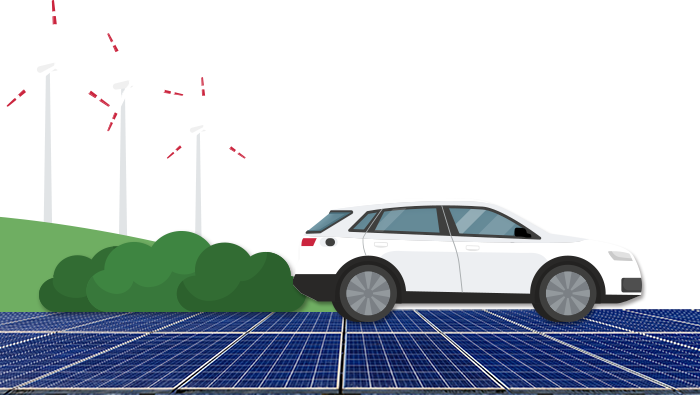Photovoltaic technology is becoming more interwoven into all facets of our lives as we experience a green energy revolution. Now, this technology is making a bold entry into the sphere of transportation, spearheading the new road photovoltaic trend. From metropolitan streets to country roads, photovoltaic panels are quietly transforming the way we travel and laying the groundwork for future sustainable development.

Energy conservation and emission reduction: the environmental benefit of photovoltaic roadway
The primary purpose of road photovoltaics is to save energy and reduce emissions. Photovoltaic panels embedded in the road surface can transform waste solar energy into power. This power can be distributed directly to road lighting, traffic signals, and other facilities, as well as to the municipal power system, supplying the city with clean, renewable power. In sunny places, photovoltaic roads are predicted to meet the majority of daytime electricity consumption, drastically cutting reliance on fossil fuels, lowering greenhouse gas emissions, and effectively combating global climate change.
In addition, installing photovoltaic panels helps to lessen the urban "heat island effect". Traditional asphalt pavement absorbs and re-radiates solar energy, resulting in greater city temperatures. Photovoltaic panels reflect some of the sunlight, lowering the ground's absorption of solar energy and contributing to lower surface temperatures and an improved urban environment.
Energy utilization: increasing energy efficiency and self-sufficiency.
In addition to its environmental benefits, photovoltaic roadside systems have a high potential for energy usage. Whereas typical roads are just used for transportation, photovoltaic highways convert them into massive energy collectors. Photovoltaic highways may efficiently transform solar energy into electricity and achieve energy self-sufficiency while causing little disruption to normal traffic.
PV roads have the potential to provide convenient charging services for electric vehicles, particularly those that are becoming increasingly popular. Wireless charging technology enables electric vehicles traveling on PV highways to be charged while driving, significantly increasing driving range and decreasing the need to interrupt trips for charging.
Economic benefits: creating new developing points.
Road photovoltaic has substantial environmental and energy-saving benefits, but its economic benefits should not be overlooked. First and foremost, the building and operation of PV highways will provide a great number of job possibilities, ranging from design and construction to subsequent maintenance and management, all of which will necessitate the involvement of professional and technical staff. This will breathe new life into the local economy.
Second, the electricity generated by the PV highway can provide a reliable power supply to adjacent locations, reducing long-distance transmission losses and lowering electricity costs. At the same time, extra electricity can be sold to the grid business, generating significant revenue for the local government.
Finally, PV highways can promote the growth of connected sectors. For example, the popularization of PV highways will benefit the manufacture and sale of electric vehicles and charging equipment, as well as the research, development, and application of smart grid technology.
Social benefits: improving public safety and city image.
In addition to the environmental, energy, and economic benefits listed above, PV highways can provide significant social benefits. PV panels' smooth and reflective surface allows them to better reflect headlights when driving at night, increasing road visibility and lowering the risk of traffic accidents.
Furthermore, as an innovative green infrastructure, a PV highway can improve the image and attractiveness of a city. It highlights to the public the city's dedication to sustainable growth as well as its technical innovation, which can help attract more tourists and investors.
Road PV represents not just a technological revolution, but also a significant social change. It transforms what was formerly a single transit corridor into a multi-functional platform for energy collection and utilization, reviving city sustainability. With ongoing technological advancements and cost reductions, we have reason to assume that photovoltaic roads will play a key role in urban mobility in the near future.







